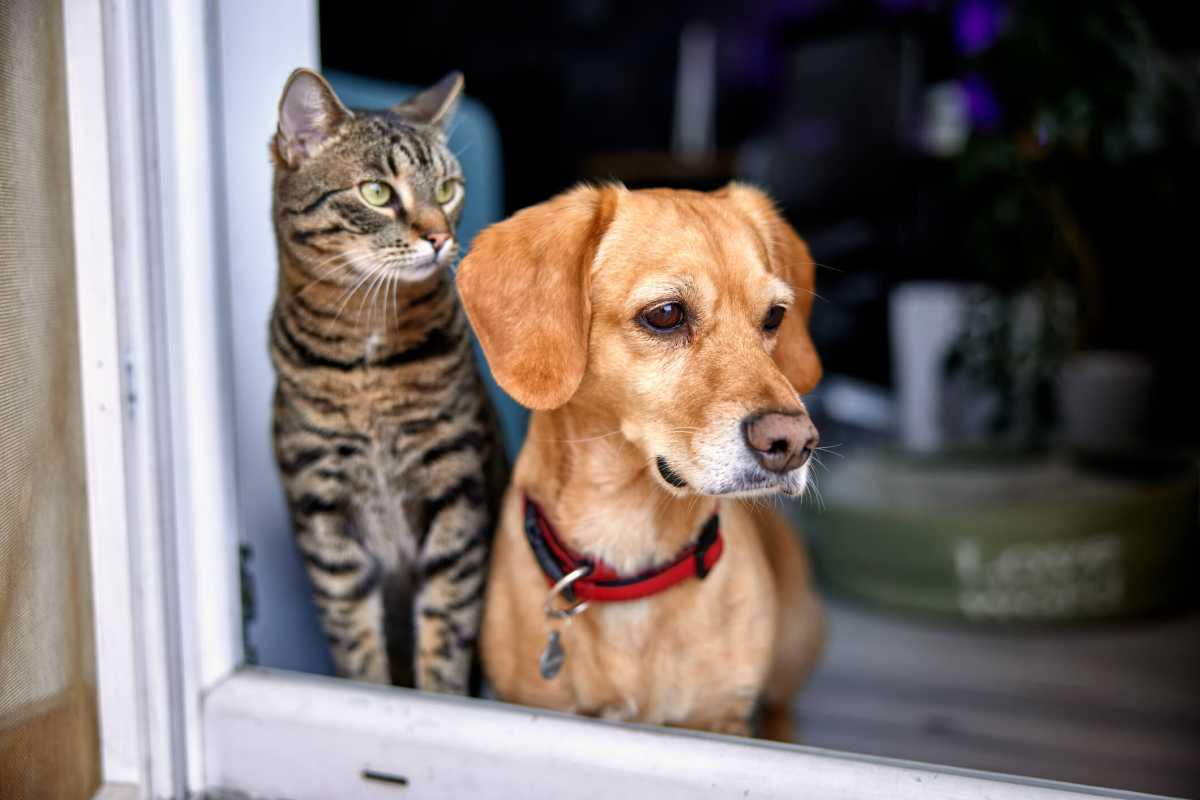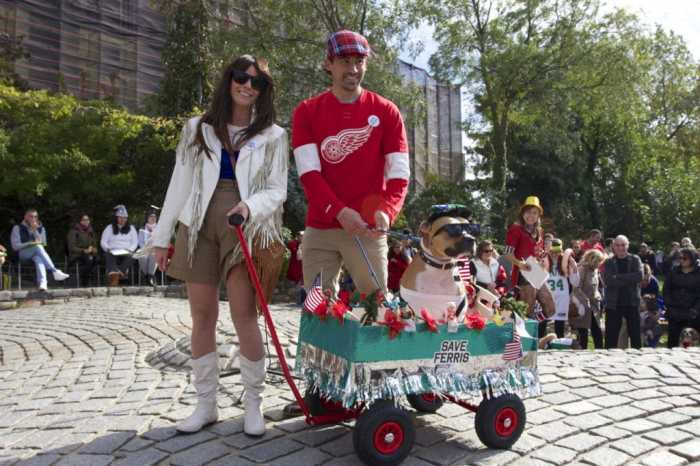A new survey found that New York is saving the country’s majority of rescue dogs and cats.
Best Friends Animal Society measures the lifesaving of shelter animals with a metric called “save rate.” For a shelter to be recognized as a “no-kill” space they must achieve a 90% save rate for its animals. The remaining 10% of animals are ethically euthanized due to medical or behavioral circumstances that warrant humane treatment.
New York state achieved a save rate of 86% in 2021, when 80,486 dogs and cats entered into its shelters and 69,220 were able to be saved. In addition, 45% of state shelters measured above the 90% standard— which is 6% more than in 2020 despite the difficulties people faced with COVID-19 outbreaks. 4,293 more healthy or treatable animals needed to be saved to make New York a no-kill state.
To compare, in 2020, 80,855 dogs and cats entered New York shelters and 69,191 were saved, leaving New York with a save rate of 85.5%. 39% of state shelters measured above the 90% benchmark with 2,992 more viable animals needed to be saved to reach the 90% benchmark.
Data is beginning to show that for the first time in five years, U.S. shelters are seeing a setback in lifesaving. In 2021 alone, the number of cats and dogs that were euthanized for reasons other than severe medical or behavioral issues increased from 347,000 to 355,000. This was a shock to see considering how well the shelter systems were doing in previous years.
It is believed to have dropped so dramatically due to staffing shortages that limited working hours, decreased in-person volunteers, reduced adoption events and lack of pet care support.
As life saving begins to halt, Best Friends’ data shows the pet shelter crisis in the U.S. growing with increasing intakes of stray animals and less adoptions.
“The responsibility of saving pets’ lives should not rest solely on shelters and those in animal welfare, but on entire communities including community members, government leaders, shelters and other animal welfare groups,” said Julie Castle, CEO of Best Friends Animal Society. “Through collaboration and community involvement, this model provides better support for pet owners, efficiency in shelters, and more lifesaving outcomes for pets. When a community supports its shelter’s critical needs, we see dramatic results.”
If you would like to help out in any way you can check out Best Friends’ website here.



































